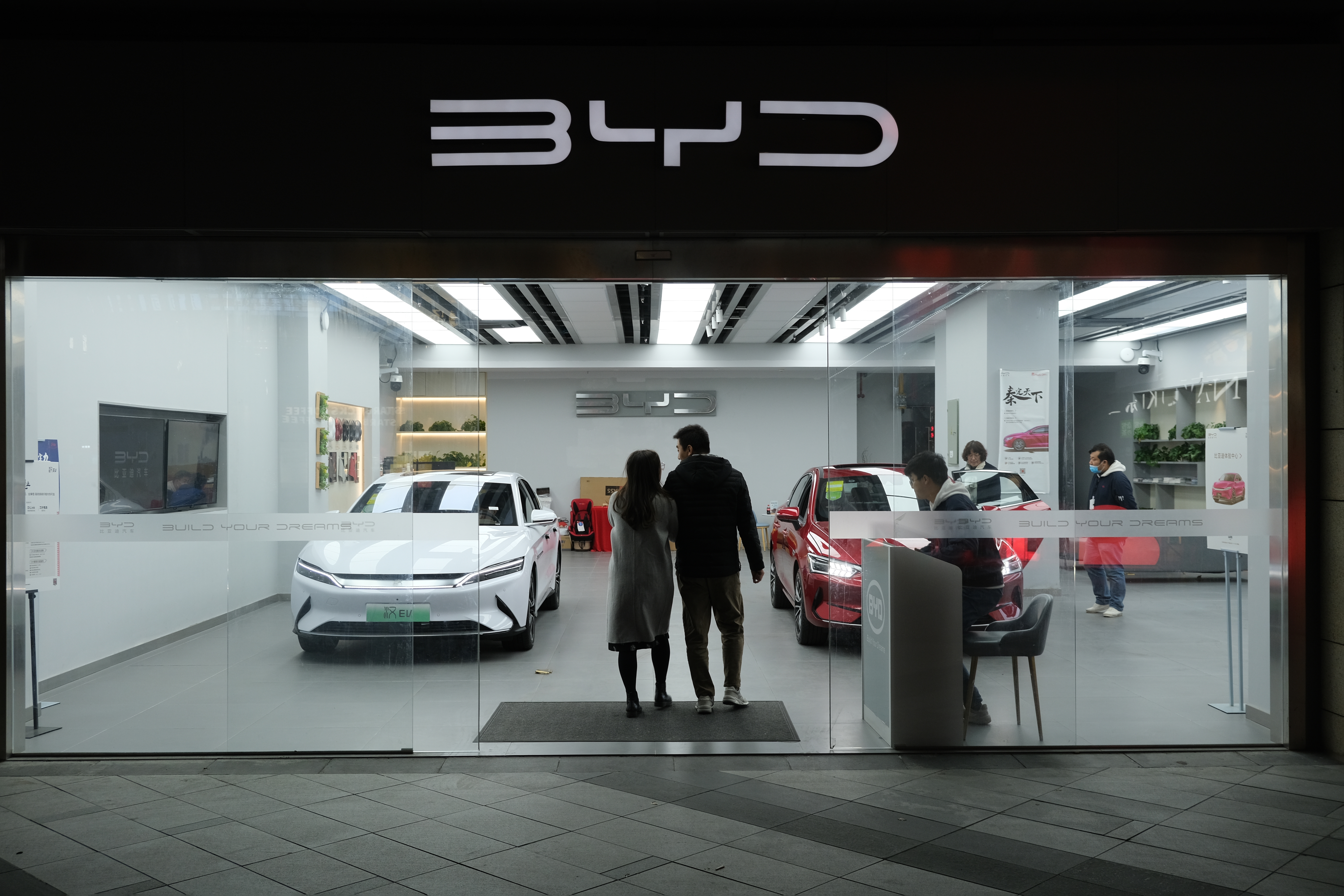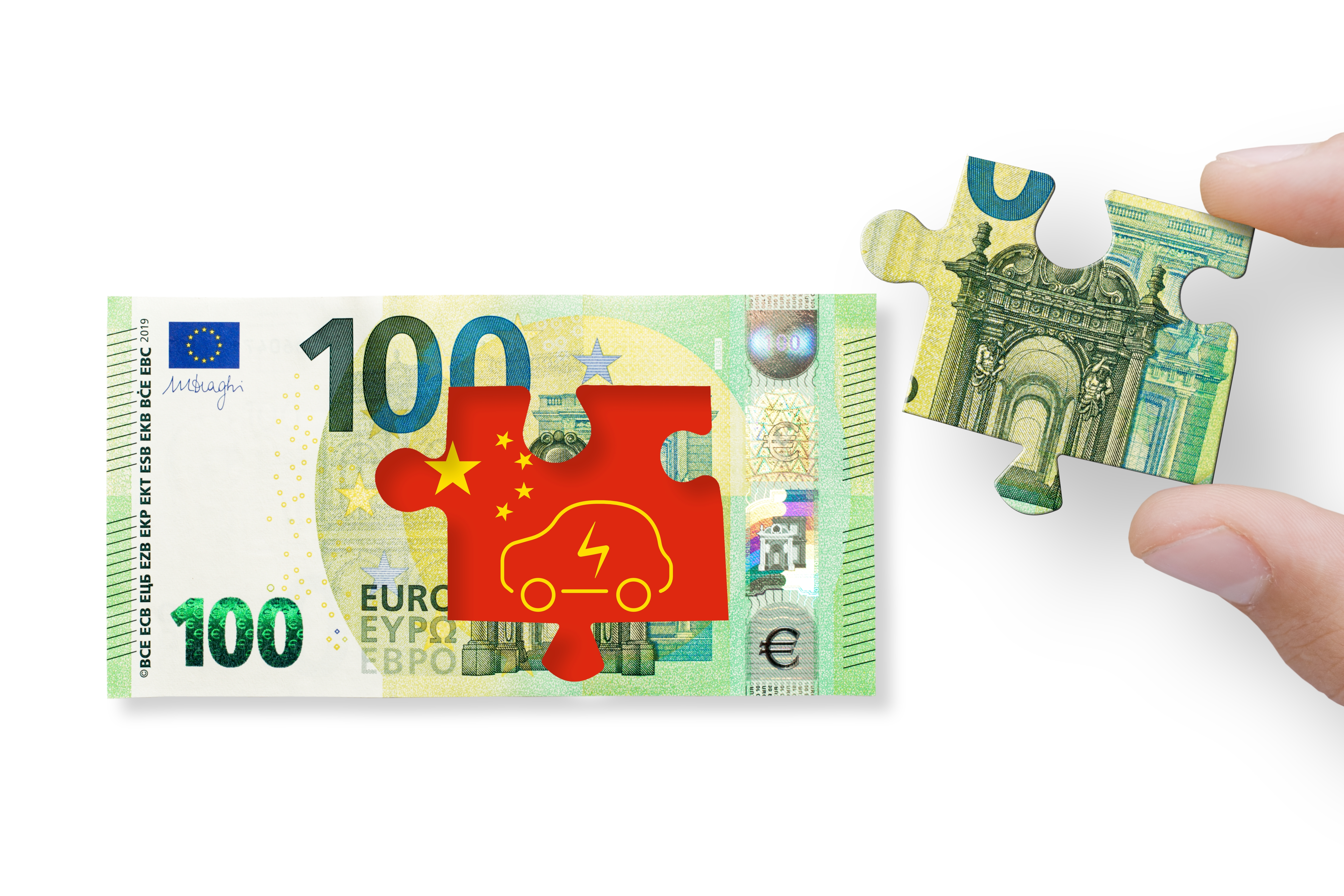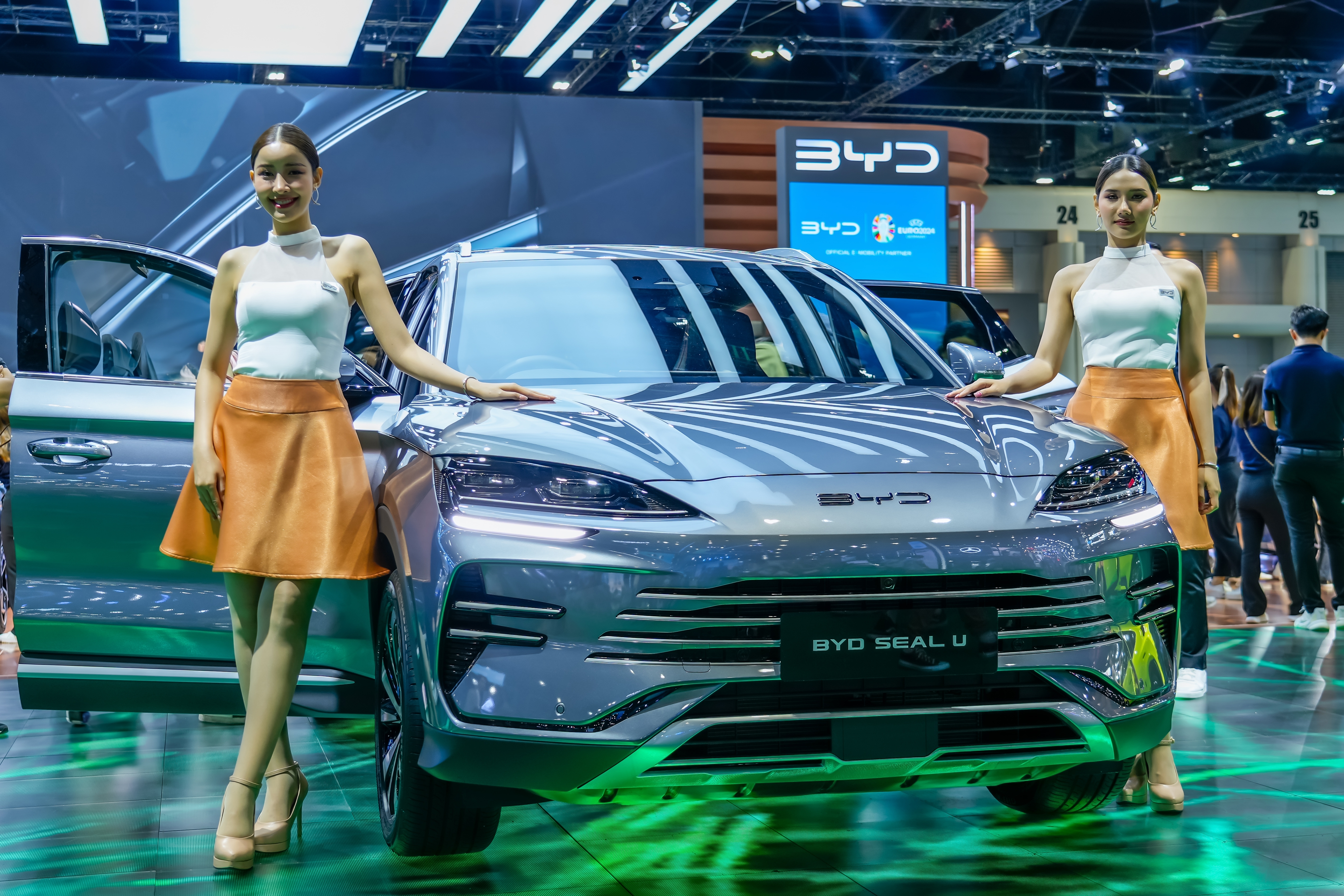
Why Chinese Car Brands Are Killing It in the UK & Europe
For years, “Made in China” was met with raised eyebrows in the car world. But 2025? That game’s flipped. Chinese automakers are breaking records, flooding into the UK and Europe with EVs, hybrids, and SUVs that look sharp, feel premium, and undercut rivals on price without cutting corners on tech.
From BYD and Chery (Omoda & Jaecoo) to Geely (Volvo’s parent company) and MG, Chinese names are no longer niche — they’re dominating headlines, dealership forecourts, and EV sales charts. Let’s break down why they’re winning, and what it means for drivers right here in the UK.

⚡ 1. Tech-First Thinking – Not Playing Catch-Up
Chinese car brands didn’t wait for legacy automakers to go electric — they were born into it.
While many European giants were still debating diesel bans, companies like BYD were perfecting battery tech, software integration, and AI-driven safety systems.
BYD’s Blade Battery, for example, offers higher energy density and safety levels that have even made Tesla take notes. Meanwhile, Chery’s Omoda 5 and Jaecoo 7 are dropping smart cockpit systems, 360° visibility, and adaptive driving assist — features usually found in cars double the price.
EVC take: The tech gap isn’t closing — it’s flipping. Chinese brands are setting the standards everyone else is chasing.

💸 2. Premium Quality, Without Premium Pricing
Let’s keep it real — price still talks.
A brand-new Chinese EV or PHEV often lands £5,000–£10,000 cheaper than its European counterpart, and yet it’s dripping with gadgets: digital displays, heated everything, panoramic roofs, and AI-infused infotainment.
Cars like the BYD Dolphin, MG4 EV, and Omoda 5 are proof that you don’t need to pay German money for futuristic design and comfort. Chinese brands are packaging premium vibes in affordable metal — and UK buyers are taking notice.
EVC take: Expect to see more “why pay more?” moments in 2026. These cars are shaking up lease and subscription markets fast.

🌍 3. Global Strategy, Local Feel
Unlike past import waves, Chinese brands are going local.
MG is already assembling models for Europe. Chery is actively planning a UK factory, while BYD is rolling out partnerships with European distributors. This means faster service, better parts support, and a stronger UK presence — all crucial for long-term trust.
EVC take: Once they’re building right here in Britain, expect prices to fall even further — and the badge stigma to vanish overnight.

🔋 4. Electric Revolution Fuelled by Smart Design
These aren’t budget boxes anymore.
The design language coming out of China is bold — clean lines, LED signatures, futuristic interiors. Cars like the Deepal S07 and Omoda 9 prove they can go toe-to-toe with Audi or Volvo on looks alone.
Paired with fast-charging capability, long range (some topping 350+ miles), and eco-friendly materials, Chinese EVs are hitting every modern buyer’s wish list.
EVC take: Style, sustainability, and speed — that’s the new holy trinity, and Chinese cars are preaching it hard.
📈 5. The Numbers Don’t Lie
Let’s talk stats:
Chinese automakers now hold over 7% of Europe’s new-car market — their biggest share ever.
BYD alone sold more EVs globally in Q3 2025 than Tesla.
MG remains one of the top 10 best-selling EV brands in the UK.
What started as curiosity is now competition — and legacy brands are sweating.

🚗 What This Means for UK Buyers
Chinese cars are no longer “cheap alternatives” — they’re smart choices.
Buyers looking for reliable EVs with range, comfort, and advanced safety are realising the value proposition is unbeatable. Leasing, subscriptions, and used-EV markets are catching on too, giving drivers more affordable options with cutting-edge features.
At Express Vehicle Contracts, we’ve already seen a sharp rise in interest for models like the Omoda 5, Jaecoo 7, and BYD Dolphin — proving UK drivers are open to what’s next, not what’s old.
💬 Final Gear: The Shift Has Already Happened
In short? Chinese brands aren’t coming — they’re already here, and they’re not leaving.
Tech-driven, value-packed, and fearless in design, they’re changing what British drivers expect from a car.
The question isn’t “will you try one?” — it’s “which one will you pick first?”











